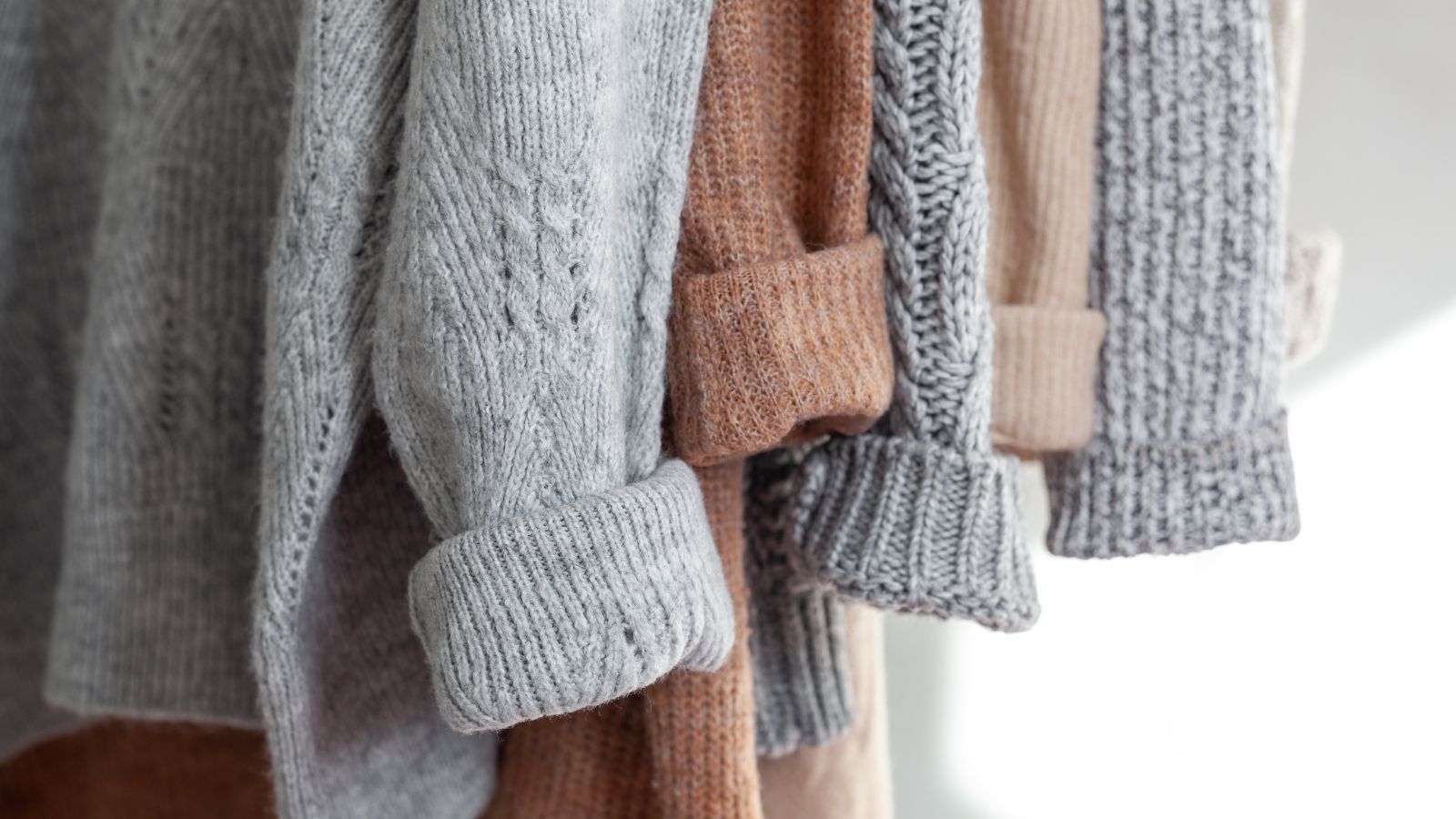
One of the sneaky signs fall is upon us is when our wardrobe leaves us just a little bit too chilly, and you know finally time to organize your closet for the cooler weather.
It's vital to get your storage and organization system right when tackling your seasonal clothing transition, so you don't end up with a closet that's overcrowded, or seasonal items put away in a way that damages them, or takes up too much space elsewhere.
Here, experts including professional home organizers share their seven top tips for organizing a closet for colder weather, from decluttering to smart storage.
How to organize a closet for fall
Knowing when to start switching your clothes over can be as up-in-the-air as knowing when to start fall cleaning. The best approach is to listen to your local weather – if you have been feeling chilly in the mornings, or reaching for a blanket on the sofa in the evenings, it may be time to start the transition to the cozy season.
Here’s how to stay organized when you do:
1. Decide how quickly to transition between summer and fall

Audra George, professional home organizer and owner of Pretty Neat Home Organizing, Oklahoma reminds us, ‘First and foremost, especially in a small closet, we suggest removing last season's wardrobe to create space for your bulkier fall and winter items. These can be stored away in a lidded bin up high, or another space.’
However, this can vary depending on your climate. If you live somewhere with drastic changes between seasons, then this all-in approach to organizing may be better for you, removing all your warm-weather clothing in one go in exchange for thicker comfier sweaters and jeans
On the other hand, if you live somewhere with relatively mild winters, then you can likely transition your clothing gradually between summer and fall, wearing pieces from both wardrobes as the weather gently fluctuates. These minor tweaks for an organized closet can help you to get more use out of your clothes than switching right away – especially if you have to organize a closet without seasonal storage.
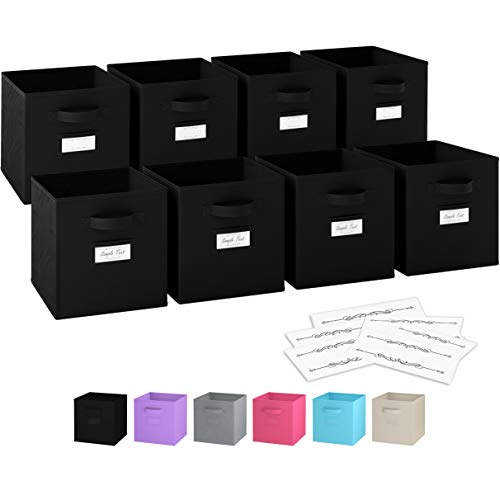
Avoid losing clothing items in storage by labeling every bin with exactly what is inside.
2. Decide what summer pieces you want to continue wearing

Just because you are transitioning to the cooler months doesn't mean you have to move all your summer pieces over to your long-term clothes storage, adds Karina Toner, cleaning expert and operations manager at Spekless Cleaning.
‘Begin by assessing your current summer wardrobe. Take stock of what you have and identify items that can easily transition into the fall season. This might include lightweight sweaters, cardigans, transitional dresses, and other versatile pieces,’ she recommends.
‘Group your clothing into categories, such as tops, bottoms, dresses, and outerwear. This will make it easier to see what you have and plan your fall wardrobe accordingly. If you have limited closet space, consider storing off-season items in bins or vacuum-sealed bags, such as these, from Amazon. This will free up room for your fall clothes and help you maintain a tidy and organized closet.’
3. Declutter your summer pieces as you take them out

One of the most important rules for decluttering clothes is to trim down your collection when transitioning between seasons, reminds Bonnie Borromeo Tomlinson, professional organizer and author of Stop Buying Bins, available at Amazon.
‘Without a doubt, this is the perfect time to declutter and downsize,’ she says. ‘Anything you didn't wear, won't likely wear again, didn't fit right, or you just no longer like from your summer collection can be donated or in the trash.
‘Likewise, as you move your fall items into a place of prominence, decide what you can part with from these pieces too.’
When organizing your fall pieces, a great decluttering tip is to place your hangers on the rail facing backward and turn them around as you wear each item. This can help you to see what you are not reaching for, and what can be decluttered when you transition back into spring.
Head of solved at Homes & Gardens, Punteha van Terheyden adds, 'I pulled out my warmer weather clothing recently and before adding them all to my closet, I slimmed down my collection. There were items in there I didn't wear at all last fall and winter so I've sold them on or bagged them up to donate.'
4. Clean the closet itself

The chances are you pay particular attention to washing your clothes correctly but forget about the closet itself. When making the transition between summer and fall, take the time to also clean your clothes closet using a vacuum and a damp microfiber cloth to get rid of dust and dirt that may attract bugs, suggests Karina Toner, cleaning expert.
You can also add a fragrance to your closet in the form of sachets of dried lavender and cedar, available at Etsy, to help keep your closet smelling fresh and deter moths.
5. Organize your fall pieces into categories

Keeping your clothes categorized is the best way to keep your fall clothes easy to sort between – especially when you have several thick sweaters that may be visually cluttering your rail, or you still have some summer pieces lingering.
‘In cooler months, keep all fall items front and center for easy access,’ begins Bonnie Tomlinson, professional organizer.
‘Separate pants, shirts, dresses, skirts, sweaters, jackets, etc. Then make sure they are all clean (if not, wash them) and free of damage, at which point repair within two weeks, re-purpose, or get rid of to prevent useless clutter from taking up space. This approach really helps to maximize clothes hanging space.’
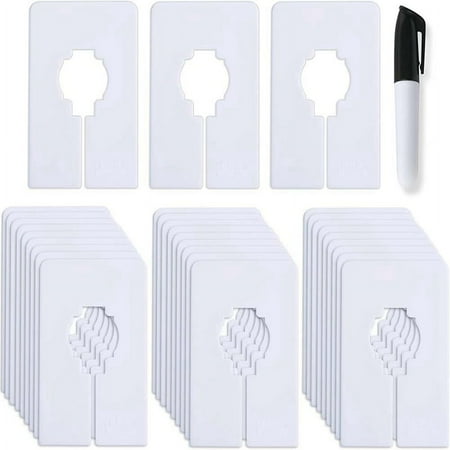
Keep your clothing categories neatly divided for quick dressing with labelled closet rail dividers.
6. Split items between your closet and dresser

While the closet is usually a go-to for most of our clothing, many fall and winter-related clothing pieces need to be stored in dressers to maximize space and keep sweaters in shape.
Amélie Saint-Jaques, professional home organizer and owner of Amélie Organizes says, ‘Cold-weather items are typically bulkier than summer ones, so it's important to store things properly to maximize space. A neatly folded sweater will take up less space than one tossed on a shelf and will not get wrinkled as much. Consider tiered pants hangers to hang more pants in less space. Keep the two or three jackets and pairs of boots you wear most near your front door instead of in your bedroom closet.
‘You can also consider organizing a capsule closet, to limit the bulky items to only those you truly love and wear often,’ she suggests.
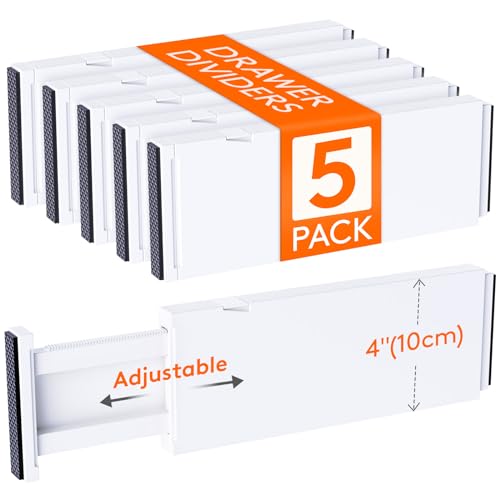
These deep drawer organizers are ideal for keeping folded items in your dressers neat and easy to sort through.
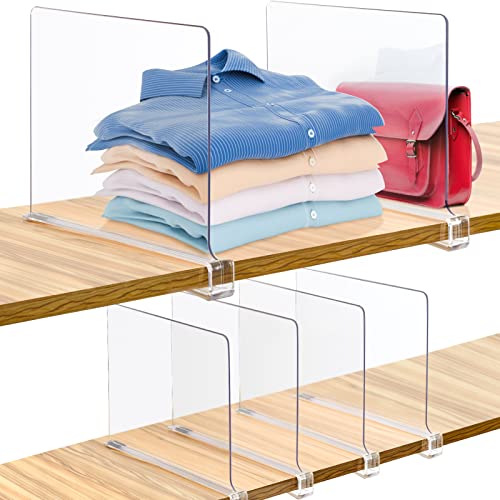
Keep folded items on shelves from toppling over with some simple shelf dividers.
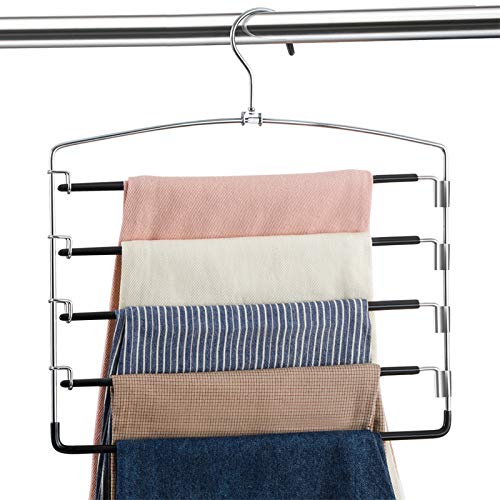
Save space in packed-out fall-winter closets with multi-item hangars. This non-slip hanger is ideal for keeping pants neat without them ending up on your closet floor
7. Use vertical storage to save space

If moving more clothes into dresser storage still hasn't freed up enough space in your closet, consider using other vertical storage to save space.
Audra George, a professional home organizer, says, ‘Utilize your whole closet space. Don't forget about that vertical space; even the door space is an option for a storage solution in your closet. Store scarves and fall accessories in a pocket organizer on the door.
‘If your closet is too full, be creative and think of other spaces to utilize. Under-bed storage ideas are a great option for storage containers of shoes, boots, and more,’ she adds.
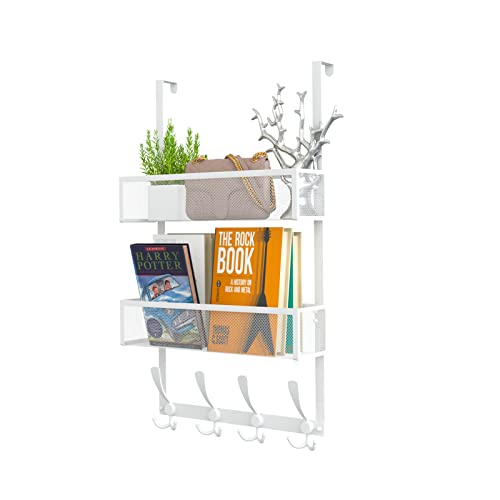
With baskets and hooks, this over door-storage basket is ideal for keeping smaller accessories neat and easy to reach in a closet
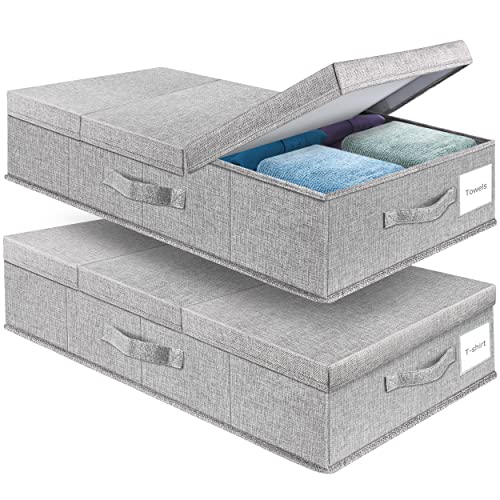
When using sealed under-bed storage, pick an option with labels so you can quickly see what is inside at a glance without having to pull everything out.
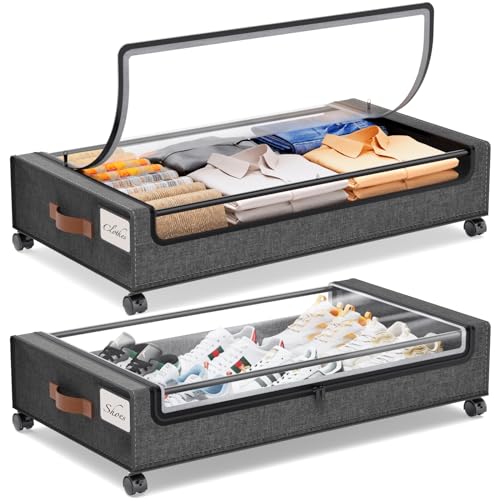
If you want to keep your storage mobile for easy access, opt for under bed storage with wheels. Having a viewing window is good for helping you find what you need quickly.
When organizing a closet for fall, make sure you are storing your summer clothing correctly when you move it to your wider home storage. Wash your clothing before you stow it away in vacuum bags, or sealed acrylic totes to ensure they are not left to go musty or stale before springtime rolls around.
Brush up on how to do laundry with large loads, and check your clothing label laundry symbols to make sure they get the best care and continue to serve you well for years to come.







